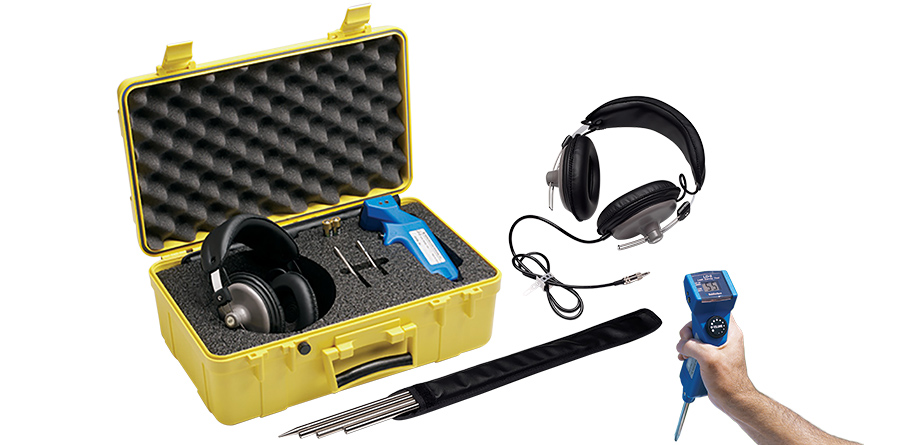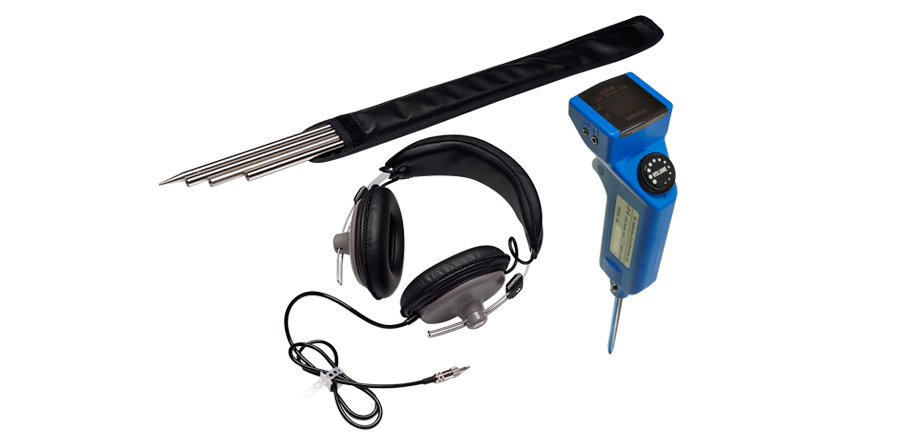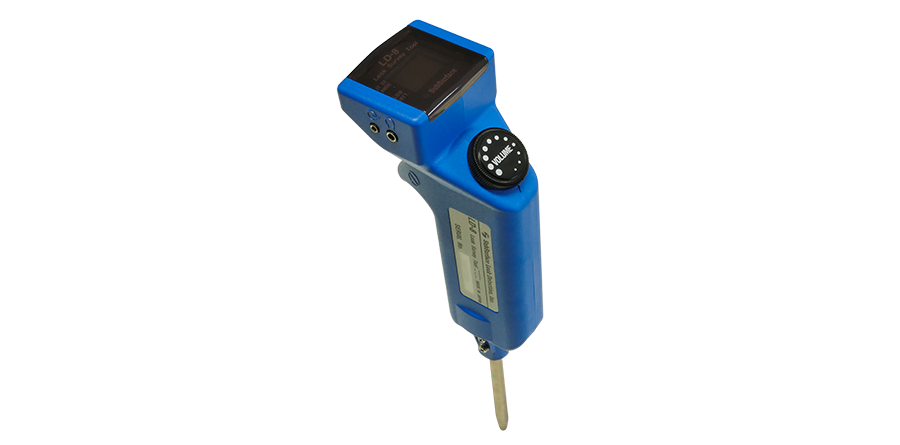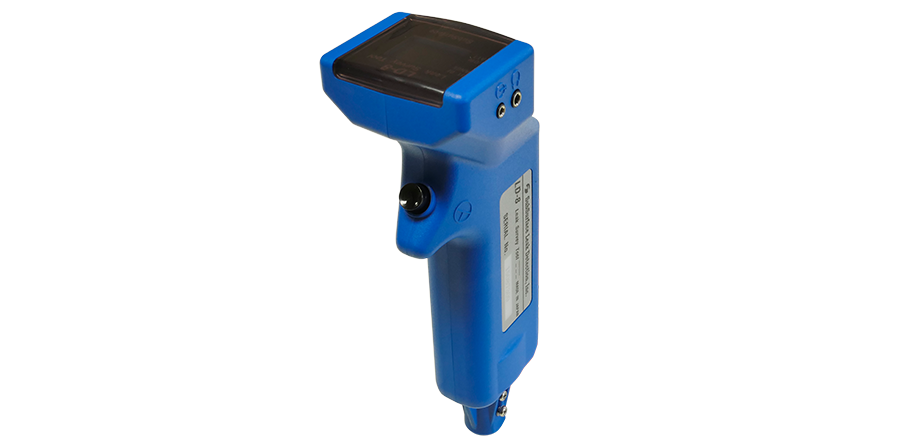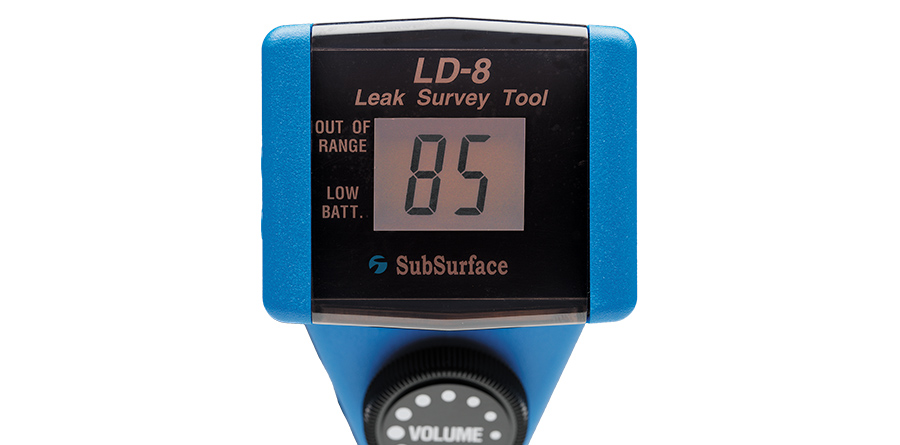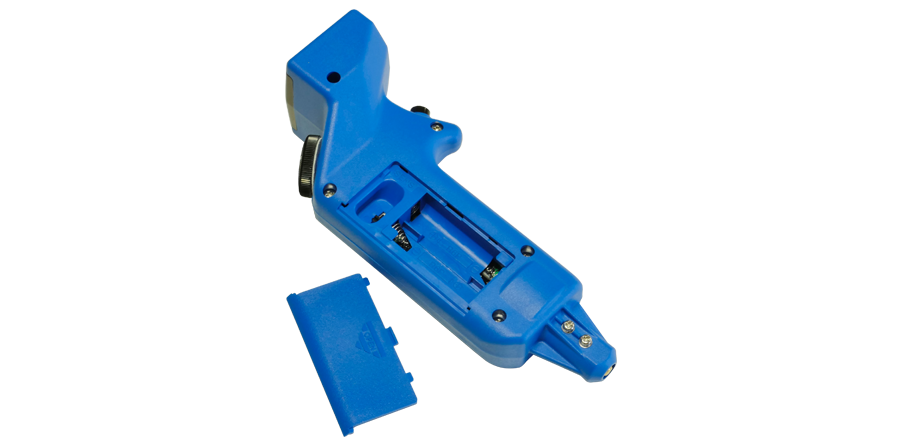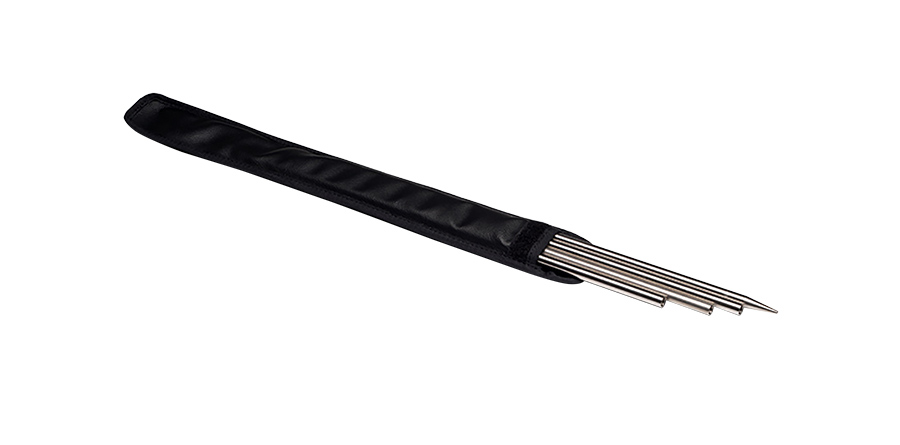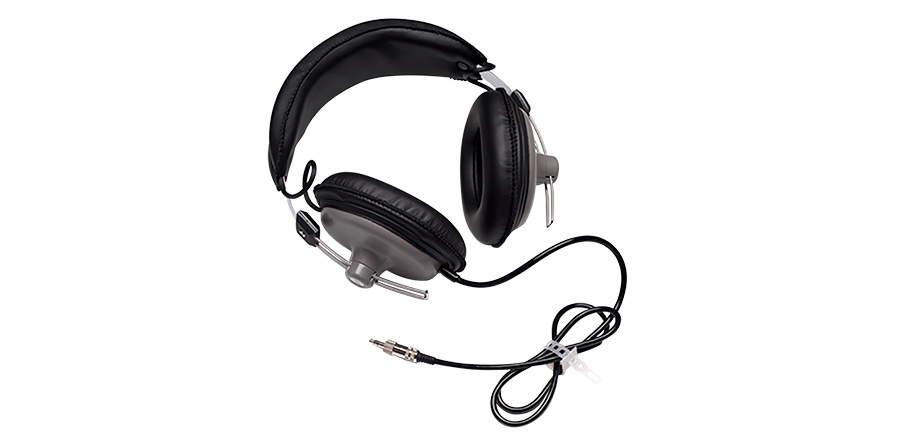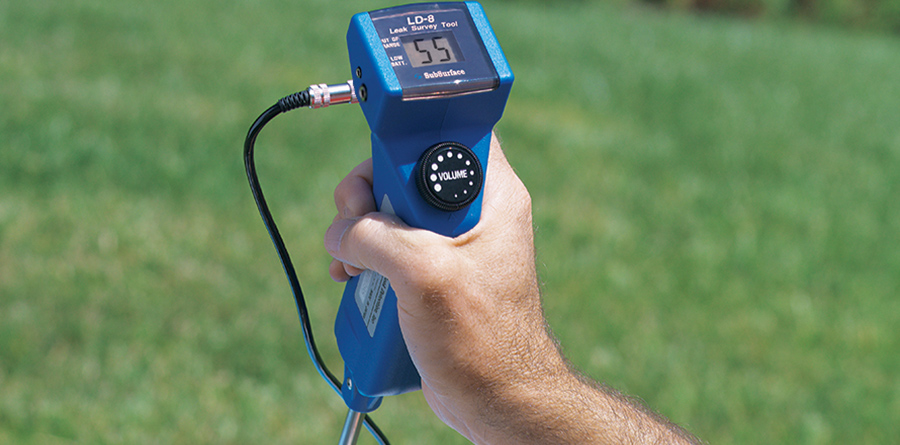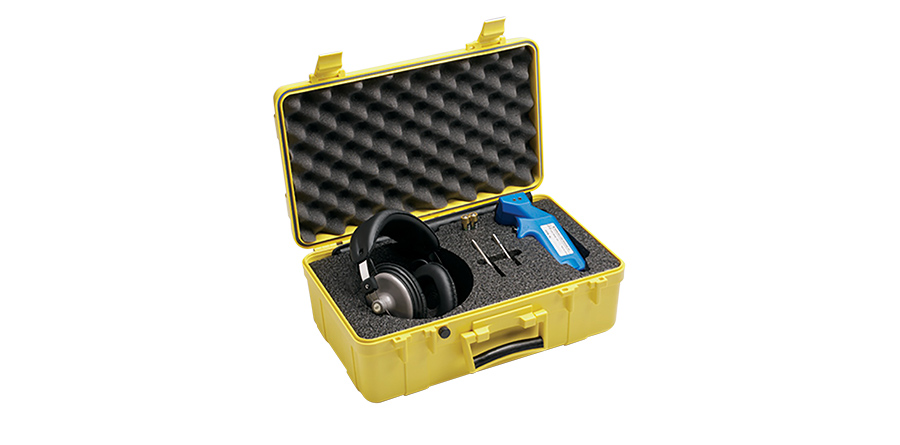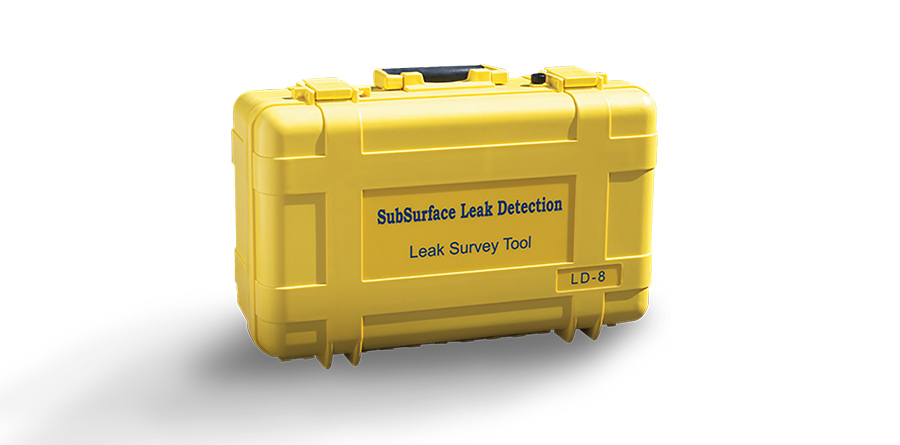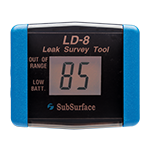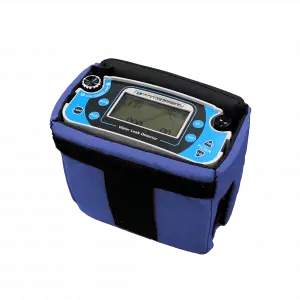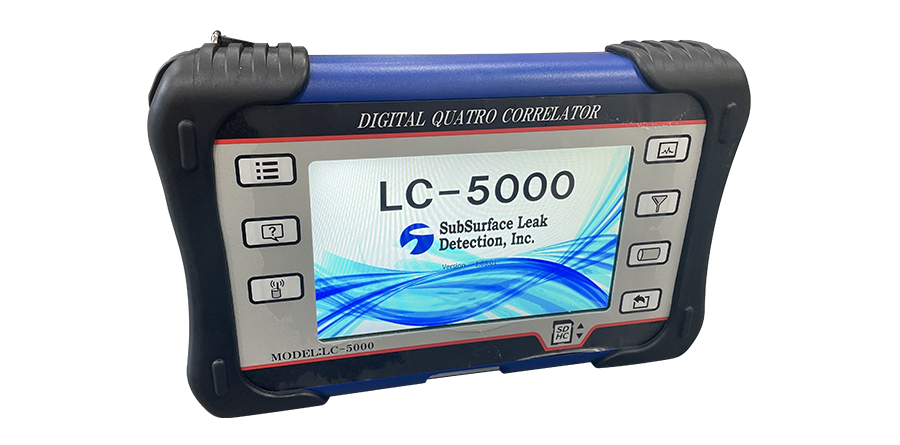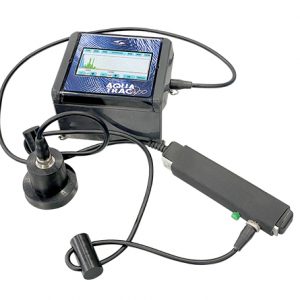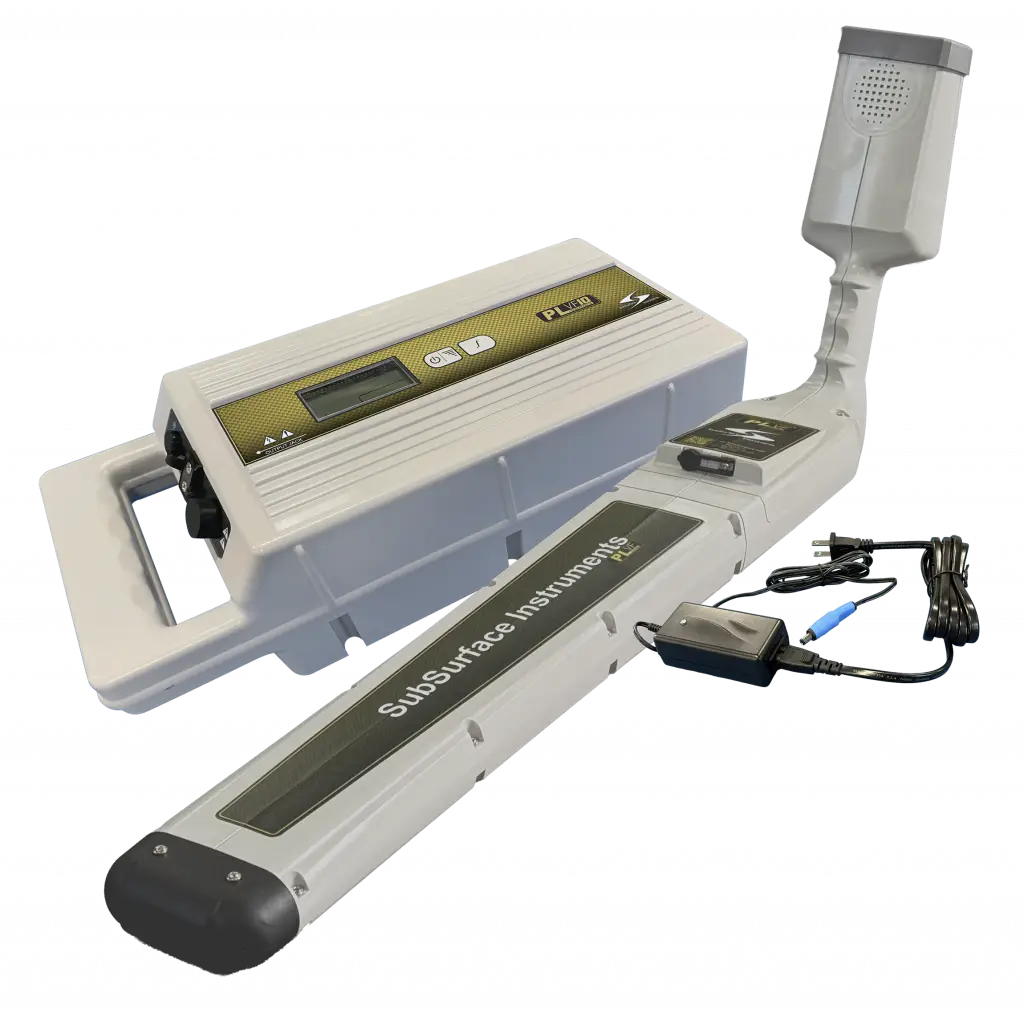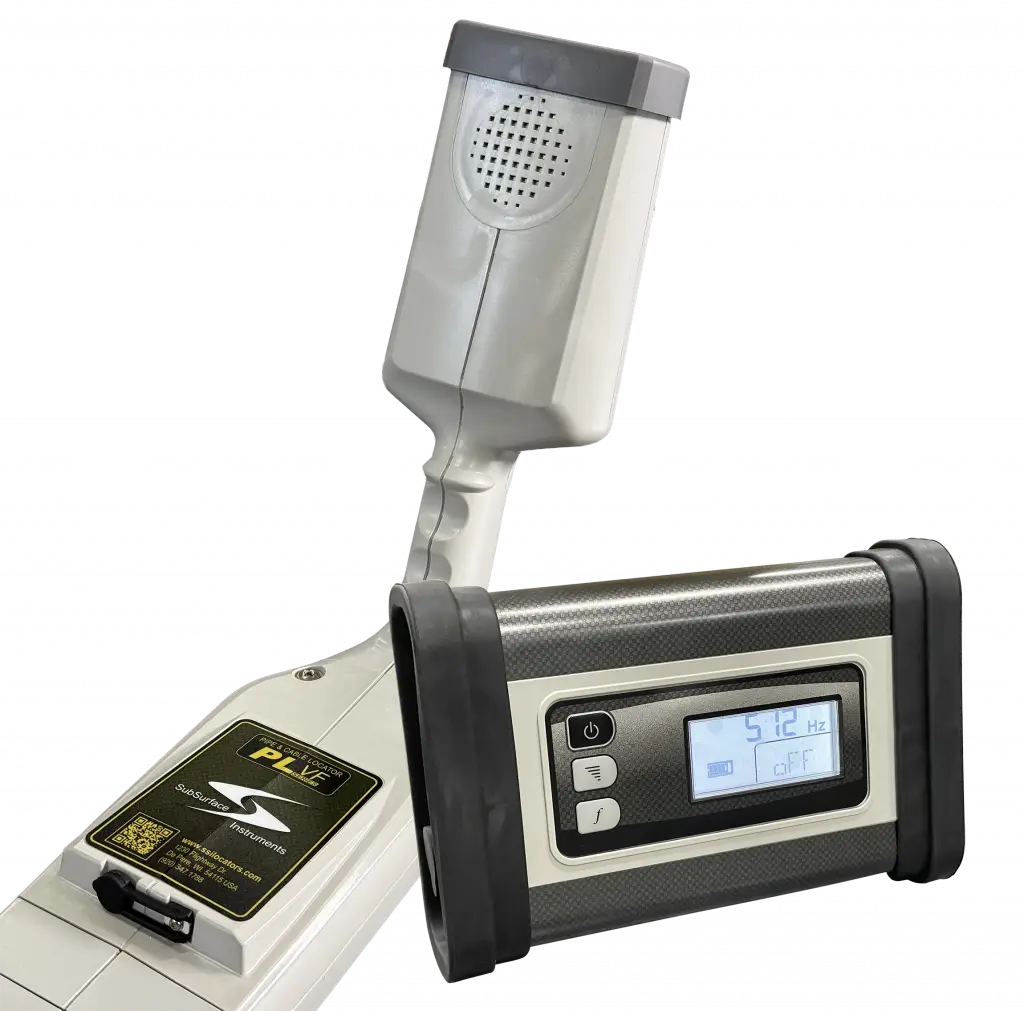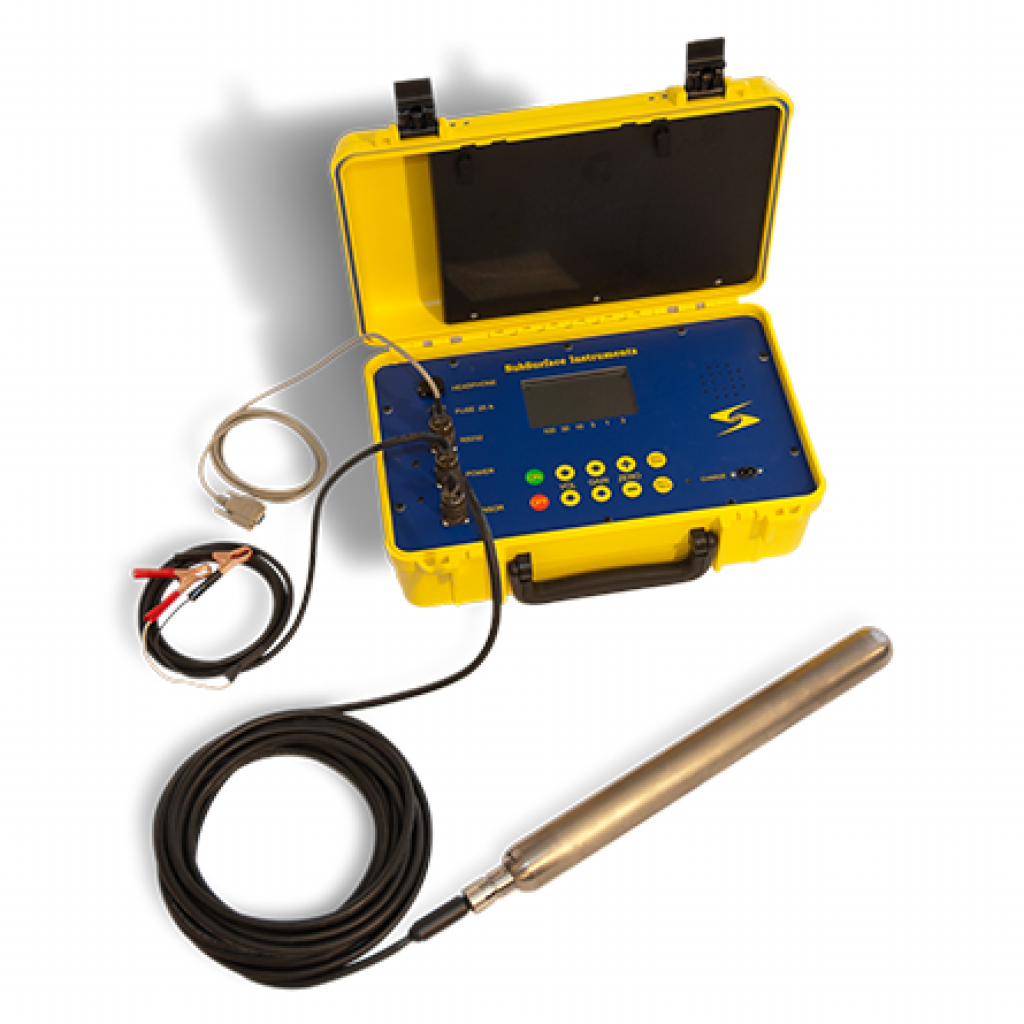Description
The new LD-8 Leak Survey Tool is designed specifically for “water leak surveys” done by water departments, water districts, and other government and private agencies concerned about “unaccounted-for water losses.” The LD-8 is a “rod-based” acoustic listening instrument for listening for water leaks at hydrants, meters, and valves:
Amplifier with push button ON/OFF switch, volume control, two digit display of loudness, and three-range sensitivity switch.
Notch filters reduce A/C hum from transformers, power lines, etc.
Simple and compact, great for leak surveys.
Key Features
- Amplifier with push button ON/OFF switch, volume control, two-digit display of loudness, and three range sensitivity switch.
- Use the short contact rod for listening at hydrants.
- Use the long contact rods for listening at below-grade meters and below-grade valves.
- Notch filters reduce A/C hum from transformers, power lines, etc.
- Excellent sensor sensitivity, leak sound amplification, and audio clarity.
- Stereo headphones with soft leather ear covers are comfortable for hours and hours.
- Use the two-digit display to compare the loudness of leak sounds at nearby locations, like adjacent water meters, close water hydrants, close water valves, etc. The display can show which is loudest when your ears can not tell.
- Sturdy, light-weight carrying case weighs only 10 lbs. and fits behind the seat in the truck.
How to Detect Water Leaks Using Acoustic Microphones
Find information on how to locate water leaks by clicking on the buttons below.
Sample sounds
No Leak - Steel Pipe #1
Water flowing
The sound is generally a soft, steady whooshing or humming noise due to the friction of water moving against the pipe walls.
Play SoundDistant Leak - Cast Iron #2
Listening on a Valve
The leak generates a wide range of frequencies, from low to high, but higher frequencies attenuate quickly in cast iron, so closer leaks sound sharper, while distant ones are duller.
Play SoundLeak - Copper Service #3
Listening on a Hydrant
High-frequency hissing or whooshing – this is typical of a pressurized water leak through a small orifice or crack in a copper pipe. Copper transmits high-frequency sound very well, so the leak noise has a “sharp” or “clean” tone.
Play SoundLeak - Copper Service #4
Listening W/Meter Turning
The recording features a constant, high-pitched whooshing sound, typical of water escaping under pressure through a small opening in a copper service line. With a distinct and repetitive click or tick
Play SoundLeak - PVC Pipe #5
Listening Close to a Valve
When the microphone is close to the leak source (e.g., on the valve body), you may hear intermittent turbulence — like air mixing with water or irregular pressure pulses.
Play SoundLeak - Ductile Iron #6
650' from Leak
This sound was recorded 650 feet away from a leak on a high-pressure Ductile Iron Pipe. It features a very clear and distinctive leak sound, characterized by a whistling noise.
Play Sound

























